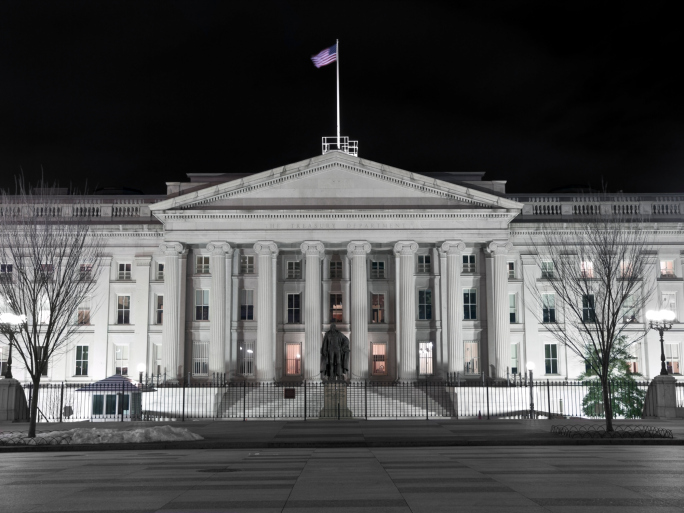If the United States is lowering its projected borrowing needs for the quarterly forecasting, that is supposed to be a good thing. The United States is swimming in debt and Bill Gross of PIMCO just recently warned of something like a credit supernova ahead. The problem is that the lower borrowing forecast has a dark side.
Treasury officials lowered their projected borrowing level in the first calendar quarter to $331 billion, with net borrowing of about $103 billion in the next quarter. The reason may be due to a higher cash balance, somewhat offset by higher spending and lower income. The recent tax law adjustments are expected to help in the matter as well. The new cash balances projected are $30 billion at the end of the first calendar quarter and $60 billion at the end of the second calendar quarter.
We would note that the recent pushout of the debt ceiling removes the imminent risks. That being said, we have already seen news showing that Boehner and Obama are likely to go at it again after a criticism over the budget proposal now projected to be late.
So what is the dark side of this? The supposed $1.2 trillion in automatic spending cuts is expected to begin on March 1 of this year. We’ll belive the spending cuts when we see them. The dark side of cuts is that we already saw that GDP’s drop of -0.1% for the fourth quarter of 2012 was due in part to government spending. A technical definition of “recession” is two quarters in a row of negative GDP. If we have the preliminary showing one quarter of negative GDP, then we are at risk of a recession any quarter now.
The good news is that most forecasters are not expecting anything like the great recession. Here are the comments from the Treasury statement:
- During the January – March 2013 quarter, Treasury expects to issue $331 billion in net marketable debt, assuming an end-of-March cash balance of $30 billion. This borrowing estimate is $11 billion lower than announced in October 2012. The decrease in borrowing relates to the higher beginning-of-quarter cash balance partially offset by higher outlays and lower receipts.
- During the April – June 2013 quarter, Treasury expects to issue $103 billion in net marketable debt, assuming an end-of-June cash balance of $60 billion.
- During the October – December 2012 quarter, Treasury issued $297 billion in net marketable debt and ended the quarter with a cash balance of $93 billion. In October 2012, Treasury had estimated $288 billion in net marketable borrowing and assumed an end-of-December cash balance of $60 billion. The increase in the cash balance was driven primarily by higher receipts and lower outlays.
Are You Still Paying With a Debit Card?
The average American spends $17,274 on debit cards a year, and it’s a HUGE mistake. First, debit cards don’t have the same fraud protections as credit cards. Once your money is gone, it’s gone. But more importantly you can actually get something back from this spending every time you swipe.
Issuers are handing out wild bonuses right now. With some you can earn up to 5% back on every purchase. That’s like getting a 5% discount on everything you buy!
Our top pick is kind of hard to imagine. Not only does it pay up to 5% back, it also includes a $200 cash back reward in the first six months, a 0% intro APR, and…. $0 annual fee. It’s quite literally free money for any one that uses a card regularly. Click here to learn more!
Flywheel Publishing has partnered with CardRatings to provide coverage of credit card products. Flywheel Publishing and CardRatings may receive a commission from card issuers.
Thank you for reading! Have some feedback for us?
Contact the 24/7 Wall St. editorial team.
